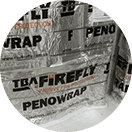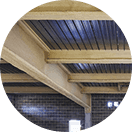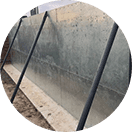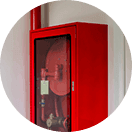Menu
Close
- Home
- About
- CapabilitiesInstallationConsulting
- Our Projects
- Contact
- Home
- About
- CapabilitiesInstallationConsulting
- Our Projects
- Contact
Menu
Close
- Home
- About
- CapabilitiesInstallationConsulting
- Our Projects
- Contact
- Home
- About
- CapabilitiesInstallationConsulting
- Our Projects
- Contact








